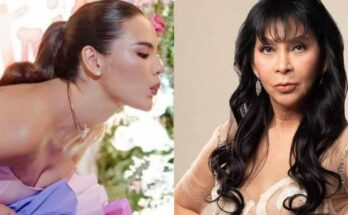THE exhibit, “Intimate Audrey” documents Audrey Hepburn’s journey from chorus girl to Hollywood legend. It also doubles as a celebration of the 20th century’s greatest photographers, because among the film stills and family snaps are works by Richard Avedon, Cecil Beaton, Angus McBean, Terry O’Neill, Irving Penn and Norman Parkinson.
The traveling show, ongoing until Oct. 29 at The Museum at S Maison, Mall of Asia complex in Pasay City, displays over a hundred original and reprinted photos, video clips, memorabilia, clothes, accessories, humanitarian writings and fashion sketches of the actress, philanthropist and paragon of style.
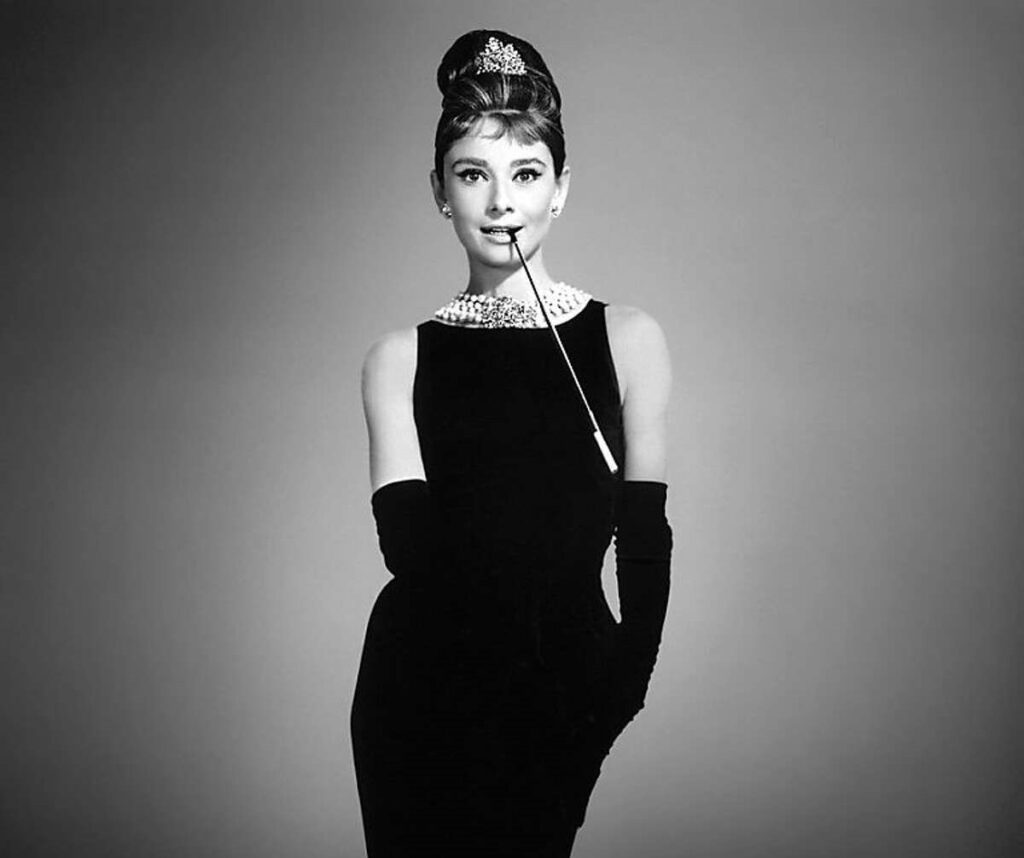
Open from 10 a.m. to 8:30 p.m. on weekdays and 10 a.m. to 10 p.m. on weekends, the Philippine stop marks the exhibit’s debut in Asia. Originally opened in Hepburn’s home town of Brussels, Belgium in 2019 to celebrate her 90th birth anniversary, the exhibit has traveled to Amsterdam in The Netherlands and La Spezia in Italy. Proceeds from the exhibit will be donated to United Nations Children’s Fund (UNICEF) in the Philippines.
“Intimate Audrey”, helmed by Hepburn’s son Sean Hepburn Ferrer, chronicles the actress’ life from her roots in Belgium, her theater and ballet days, her catapult to fame up to her twilight years devoted to humanitarian work.
The photos also reveal a silly side of a young Hepburn and love for dogs. Some of the personal items displayed are Hepburn’s red ballet slippers, Julia Roberts’ letter to the actress and the Pierre Balmain wedding dress she wore when she married actor Mel Ferrer in Switzerland, 1954.
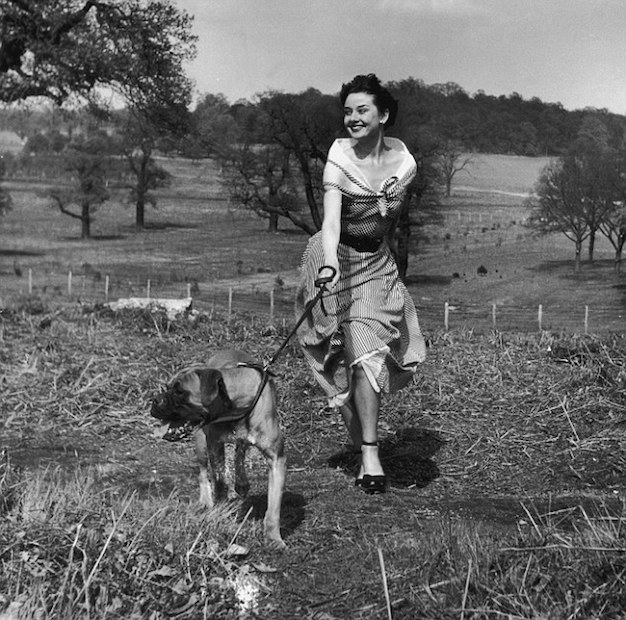
There’s a video montage of compiled scenes from Hepburn’s movies “Breakfast at Tiffany’s”, “Sabrina”, “Funny Face” and “My Fair Lady”. There are also objects from some of her films such as the Vespa scooter used in the 1953 movie “Roman Holiday”.
The exhibition also features magazine covers. One of her earliest was a 1951 cover of the British magazine ABC Film Review. It was for “Laughter in Paradise”, a film that she’s in for about three seconds, playing a cigarette girl.
Ferrer told Reuters he wanted to offer a more personal look at the life of his mother. “She lived a humble life, a simple life, and maybe in there lies the key to why she is still so beloved today.”
Tribute from Pinoy designers
Part of the “Intimate Audrey” experience in Manila is an exclusive tribute called “Audrey: An Homage from Filipino Fashion.” This section highlights the works of some of the Philippines’ most celebrated designers and how each one of them took inspiration from Hepburn’s style and cinema looks.
The collection, assembled by stylist Michael Salientes, showcases pieces from Pepito Albert, Ivar Aseron, Vic Barba, Mike Dela Rosa, JC Buendia, Len Cabili, Auggie Cordero, Rhett Eala, Jun Escario, Ben Farrales, Cesar Gaupo, Rajo Laurel, Jojie Lloren, Dennis Lustico, Randy Ortiz, Frederick Peralta, Puey Quiñones, Patrice Ramos-Diaz, Philip Rodriguez, Cary Santiago and National Artists Salvacion Lim-Higgins and Ramon Valera.
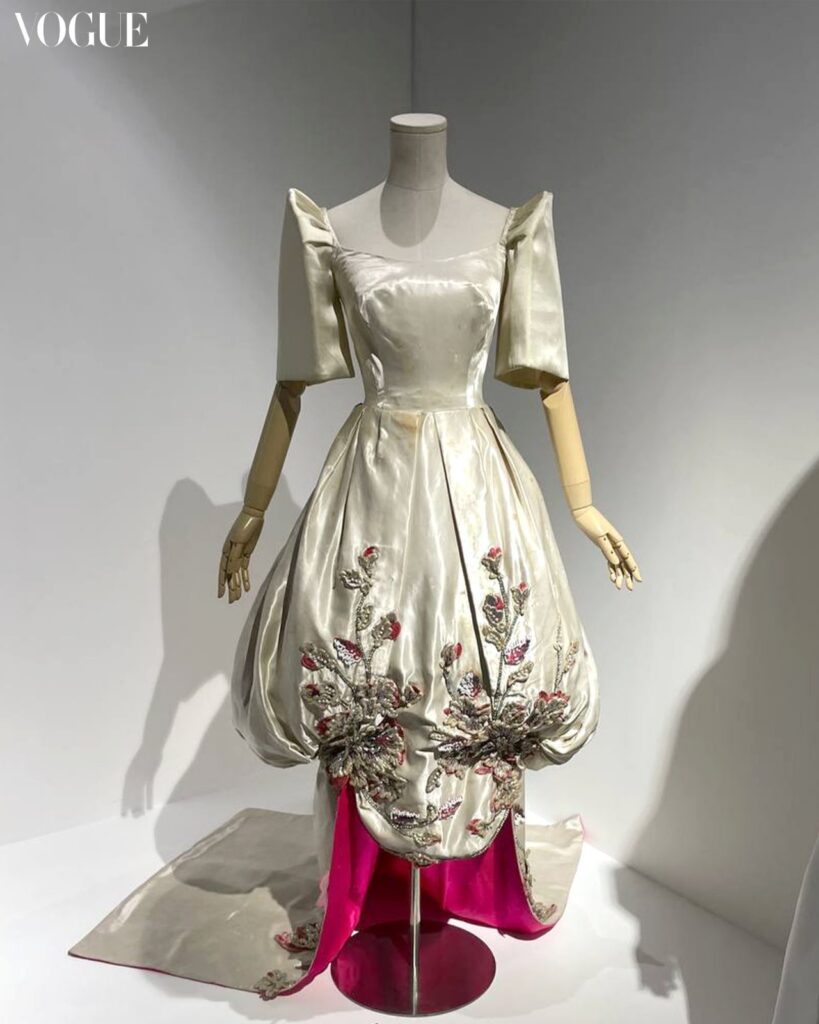
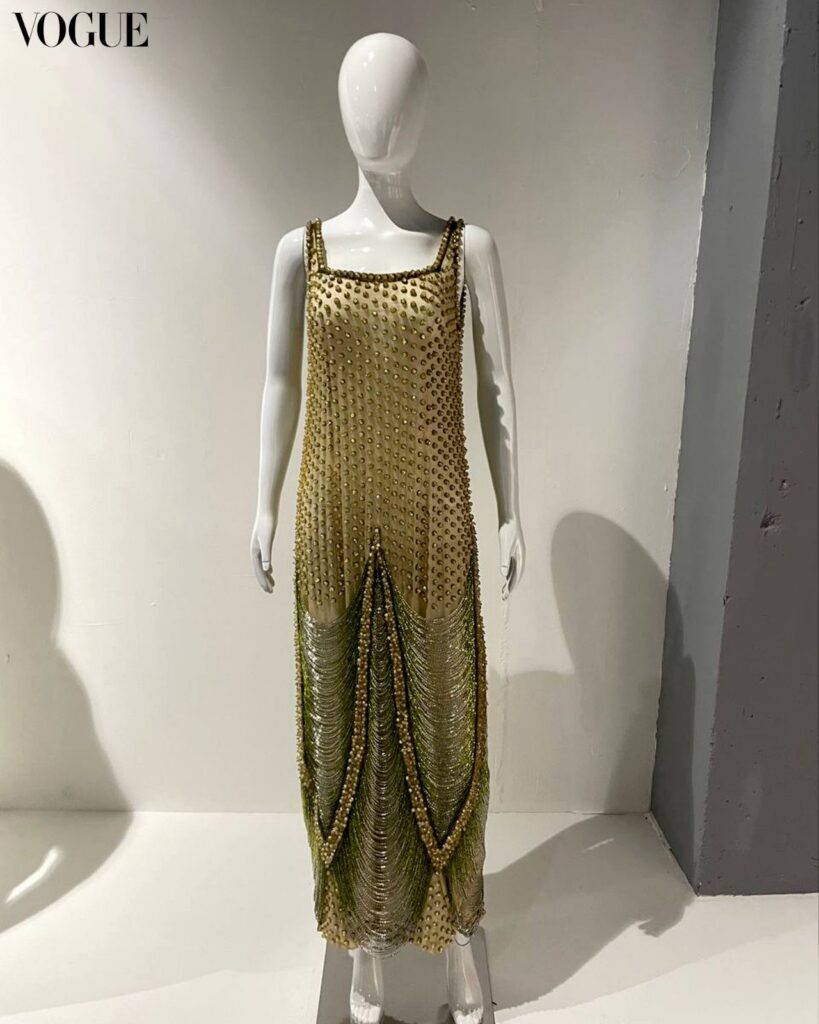
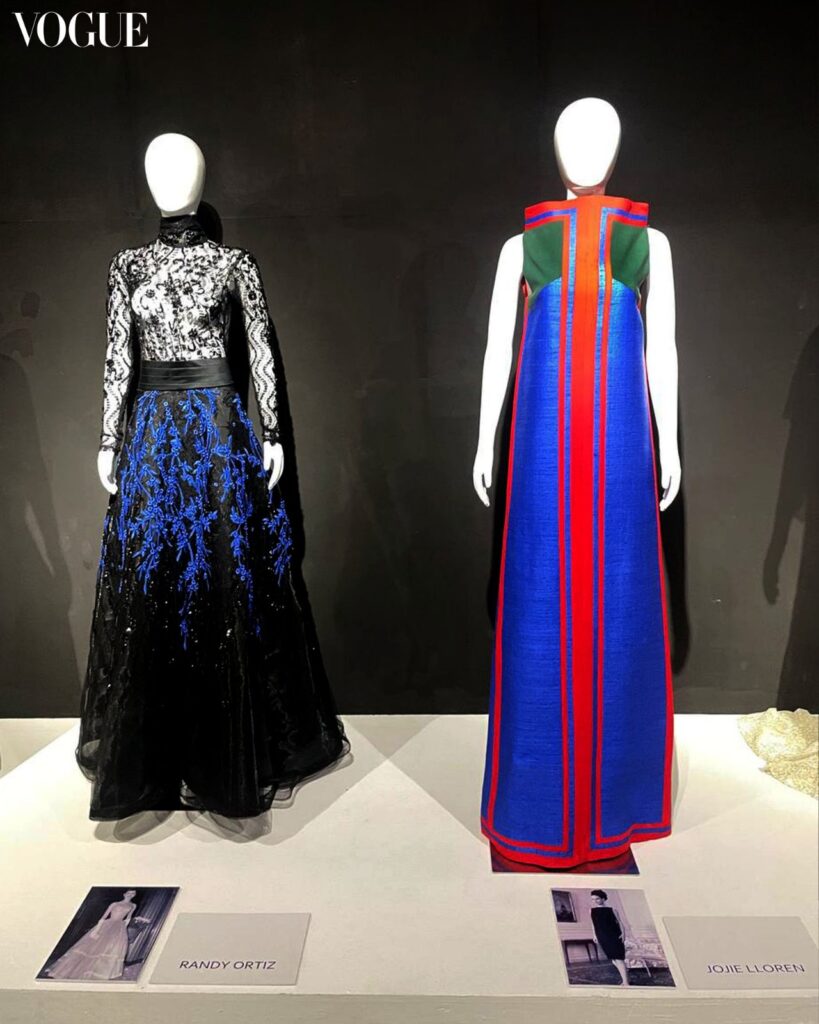
“I wanted to show Sean (Ferrer) and his family how Filipinos love fashion and how his mother was an inspiration for a lot of our homegrown talent,” Carmina Sanchez Jacob, who’s responsible for bringing the exhibit to Manila, told Vogue Philippines. “Filipinos were always constantly inspired by her, even through generations.”
Jacob notes how the 22 designs on display come from different eras. A Ramon Valera beaded dress and a tufted terno with floral beading on the skirt by Salvacion Lim-Higgins are both from the 50s.
Len Cabili’s quilted, fine abaca number was influenced by a pink Givenchy ensemble Hepburn wore in “Paris When it Sizzles” (1964). The pink dress was later immortalized by photographer Bob Willoughby which would feature as the cover of his coffee table book containing his collection of the late actress’ photographs.
JC Buendia’s contribution is a recreation of the gown he designed for Alyssa Gibbs’ wedding reception. The white, silk gazar and laser cut organdy strapless number shows similarities with Hepburn’s gown in “Sabrina” (1954). Buendia, however, added a modern twist – using dots instead of flowers.
Puey Quiñones’ creation was inspired by a Yves Saint Laurent dress Hepburn wore in 1960. Using organza, he and his team created each florette by hand.
Jojie Lloren, meanwhile, brought a dress from his archive – a dress he created for supermodel Ria Bolivar, which she wore to the 2014 Red Charity Gala. The colorful dress, featuring bold hues of red, blue and green and silk dupioni, silk crepe and chantung, was inspired by Hepburn’s plain black shift dress with a decollete neckline, which was immortalized in a photo by Pierluigi Praturlon in Rome, 1958.
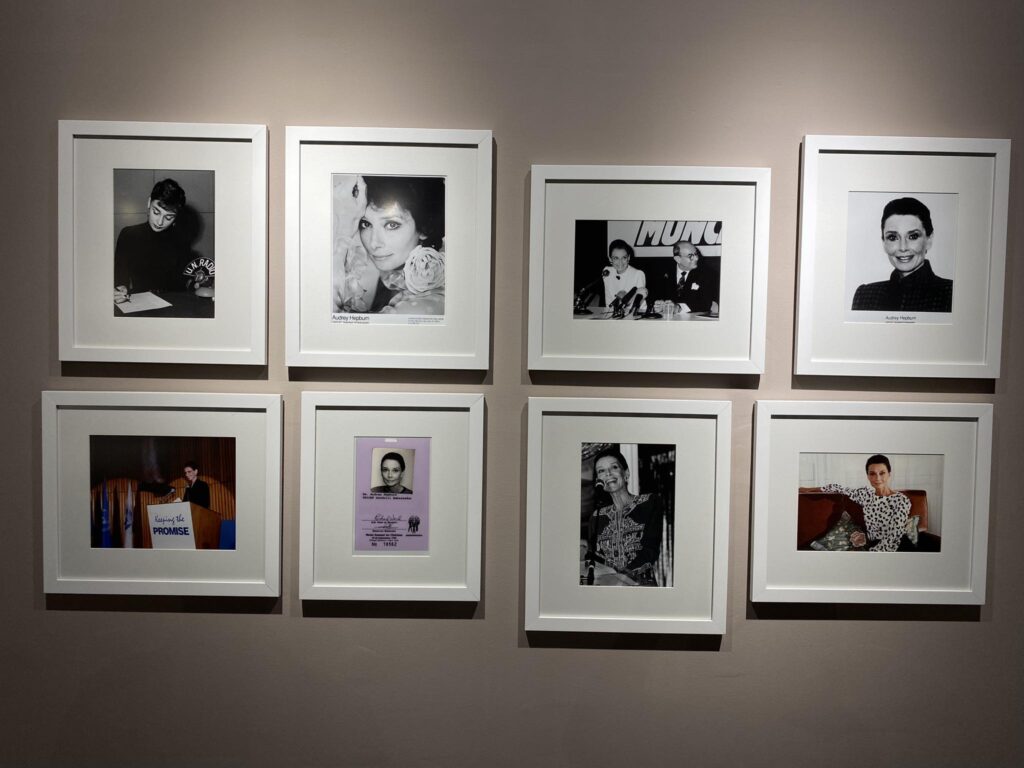
Other notable pieces include an elegant black dress from Dennis Lustico that drew inspiration from Hepburn’s black and white outfit in “My Fair Lady” (1964). It features a modern version of an alampay, topped with a dainty white bow in the center. Auggie Cordero made a silver gown similar to the dress worn by Hepburn when she played Natasha Rostova in “War and Peace” (1956). Cesar Gaupo’s tiffany blue and black dress was inspired by a classic Hepburn look where she wore a satin blue dress for the publicity photos of “Two for the Road” (1967).
What makes her different
Hepburn fans’ obsession with the actress’ gorgeous fashion sense, gazelle-like figure and dazzling personality shows no sign of easing up, but what makes this star different from the others? While charismatic roles in iconic films like “Breakfast at Tiffany’s”, “My Fair Lady” and “Roman Holiday” made her name, it is fascinating to see Hepburn in her other defining roles as a mother and humanitarian.
Hepburn’s life is a whirlwind account of a young woman that beguiled everyone who crossed her path. “Intimate Audrey” shows how Beauchamp first photographed a young dancer in the chorus of “Sauce Tartare” at the Cambridge Theatre in 1949, who quickly found herself on the cover of British Vogue. The daughter of a Dutch baroness mother and Anglo-Irish father who lost everything in the Second World War, Beauchamp remembers “All I was conscious of were the dancing eyes of that sprite in the chorus.”
Soon Hepburn was not just a nameless model, but had been cast with no acting experience at all as the lead in the new Broadway adaptation of “Gigi” (1951), having enchanted the writer Colette. Astonishingly, Hepburn went on to win a British Academy Film Award and an Oscar for her first film role in “Roman Holiday” which cemented her position as a serious actress to be reckoned with. Images of the movie in the exhibit find Audrey giggling beside Gregory Peck on the Spanish Steps.
Style and femininity
The show revels in the individuality of Hepburn’s fashion choices, indebted to her close relationship with masterful designer Hubert de Givenchy and the narrow waist and full pleated skirts of Christian Dior. Such was her status as a style maker, that after “War and Peace” was released in 1956, her Natasha Rostova haircut went stratospheric.
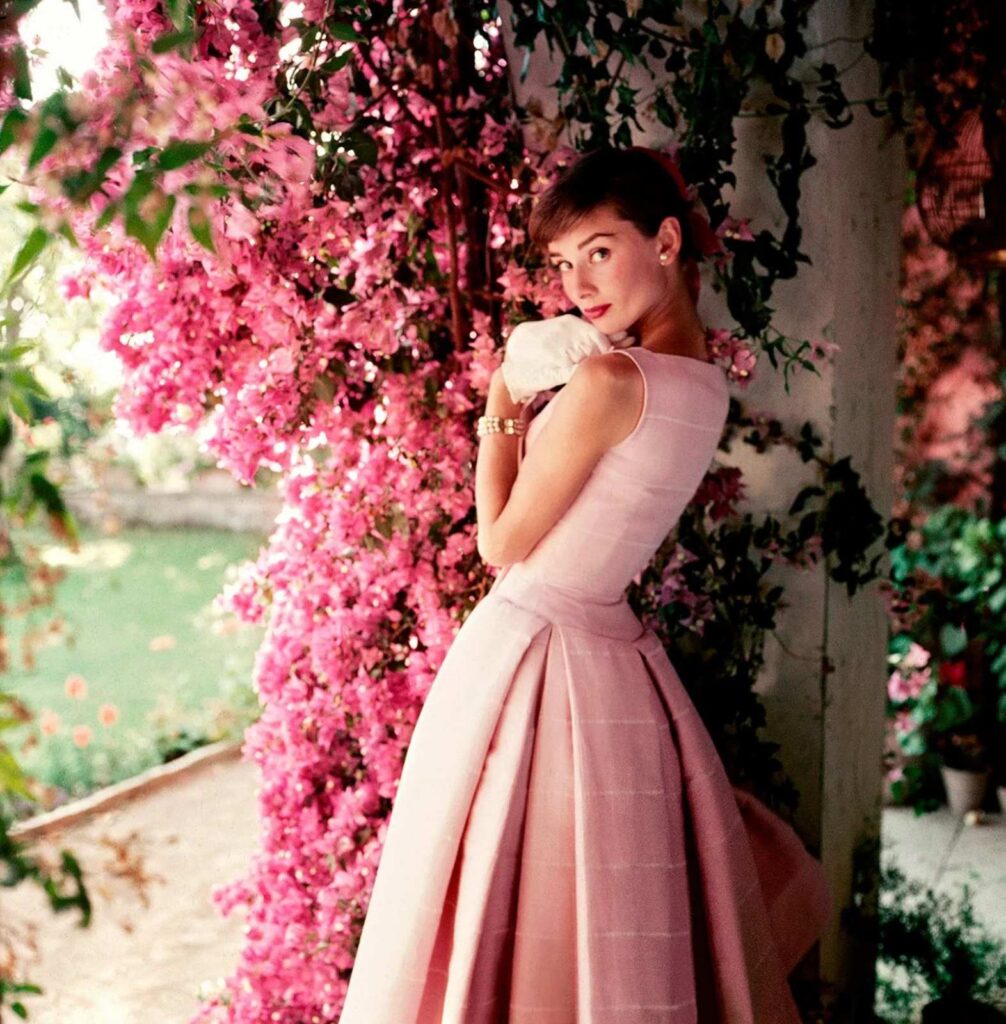
As a female film star in the wake of World War II, Hepburn also became synonymous with a new kind of femininity that was sweetly unself-conscious. But the innocence and vulnerability of characters like Princess Ann in “Roman Holiday” or Jo Stockton in “Funny Face” (1957) changed dramatically as Hepburn took on the defining role of Holly Golightly in “Breakfast at Tiffany’s” (1961). Who can forget that famous elegant black column gown by Givenchy that she wore for the film and the scene where she feels blue so she pulls out a guitar, settles down on a fire escape and softly sings “Moon River” which became a landmark of modern cinema?
Plenty of glamour
The exhibition finds a wonderful balance between glamorous images of the actress in her most famous roles and family snaps. Hepburn stands shoulder to shoulder with stellar leading men like Gregory Peck (“Roman Holiday”), James Garner (“The Children’s Hour”, 1961), Peter O’Toole (“How to Steal a Million”, 1966) and Sean Connery (“Robin and Marian”, 1976).
Two of Parkinson’s most famous images of Hepburn, both taken in 1955, appear in the show: One depicts her in Pucci printed trousers on a farm, her arm thrown around a donkey, and the other in a pink Givenchy dress, surrounded by flowers.

Other highlights to look out for include Philippe Halsman’s tremendous image of Hepburn on the cover of Life magazine (1955), dressed in crushed pink satin standing in front of a pair of white doves. You’ll also want to see sultry Hepburn tangled in a net as the water sprite Ondine for her Tony award-winning performance in 1954 and on the steps of the Louvre in “Funny Face” where her billowing red shawl mimics the Winged Victory of Samothrace behind her.
Life after Hollywood
The exhibition reaches its stride in the later years when viewers stray from the classic photographs of Hepburn movies to her later career as a humanitarian. She was a goodwill ambassador for UNICEF that gave not just her name and image to the cause, but her time – travelling to 20 countries in five years. Even after she became too ill to travel in the 1990s, Hepburn continued to promote her advocacy for children’s rights. (The actress died from appendicular cancer in 1993.) Striking images of Hepburn in Somalia, Ethiopia and Bangladesh featured in the show, her 1994 Grammy Award for Spoken Word Album for Children and 1993 Oscars’ Jean Hersholt Humanitarian Award reveal her dedication to humanitarian work and generous nature.
And while Hepburn is perhaps most recognizable with her long cigarette holder in “Breakfast at Tiffany’s”, it is wonderful to find the actress’ later years captured on film, through broken relationships, children, changing fashion trends and the evolution of film from the confines of the studio to outdoor filmmaking. Look out for the sensational photograph by Steven Meisel for the cover of Vanity Fair (1991) where Hepburn, aged 61, dances joyfully in the photographer’s studio.
After the glitz, glamour and behind-the-scenes charm of “Intimate Audrey”, the question still hangs in the air – who is Audrey Hepburn? Dancer, actress, mother or humanitarian? Perhaps that’s why she has such an enduring likability that leaves us wanting more. She isn’t just the bombshell we all recognize from the big screen.
Hepburn’s younger son Luca Dotti (His father Andrea Paolo Mario Dotti, an Italian psychiatrist-neurologist, was Hepburn’s second husband. She spent her last years in a relationship with Dutch actor Robert Wolders.) explained to Culture Whisper magazine that his mother was an incredibly humble person that would have been bemused by all the attention: “I was asked to sing when I couldn’t sing, to act when I couldn’t act and to dance with Fred Astaire when I couldn’t dance”. Well, she certainly pulled it off.
“Intimate Audrey” does nothing particularly revolutionary but it gives viewers what they want, a heavy dose of doe eyes, starry Hollywood glamour and a deeply personal look at the joyful character that still inspires magic today.




